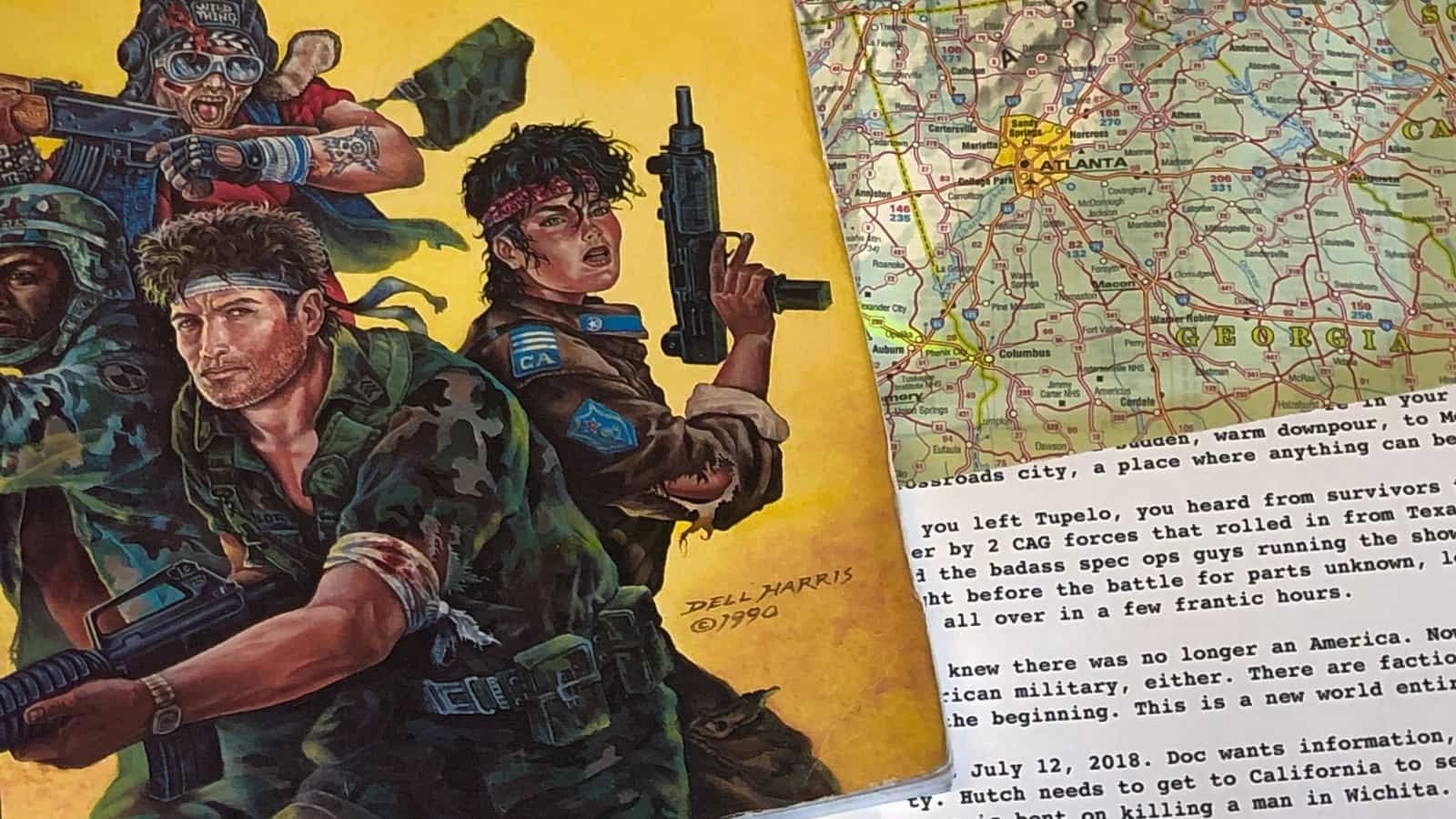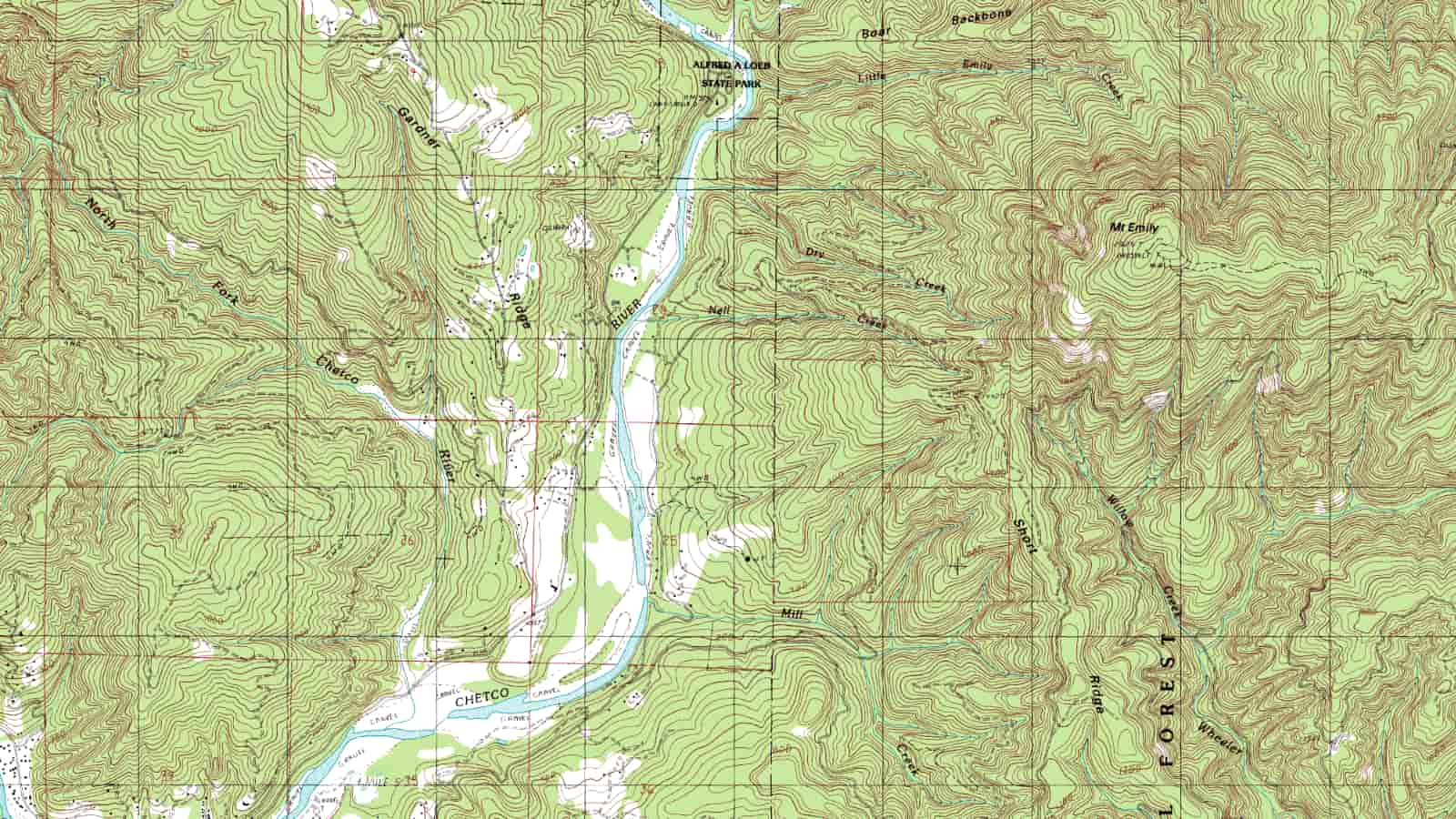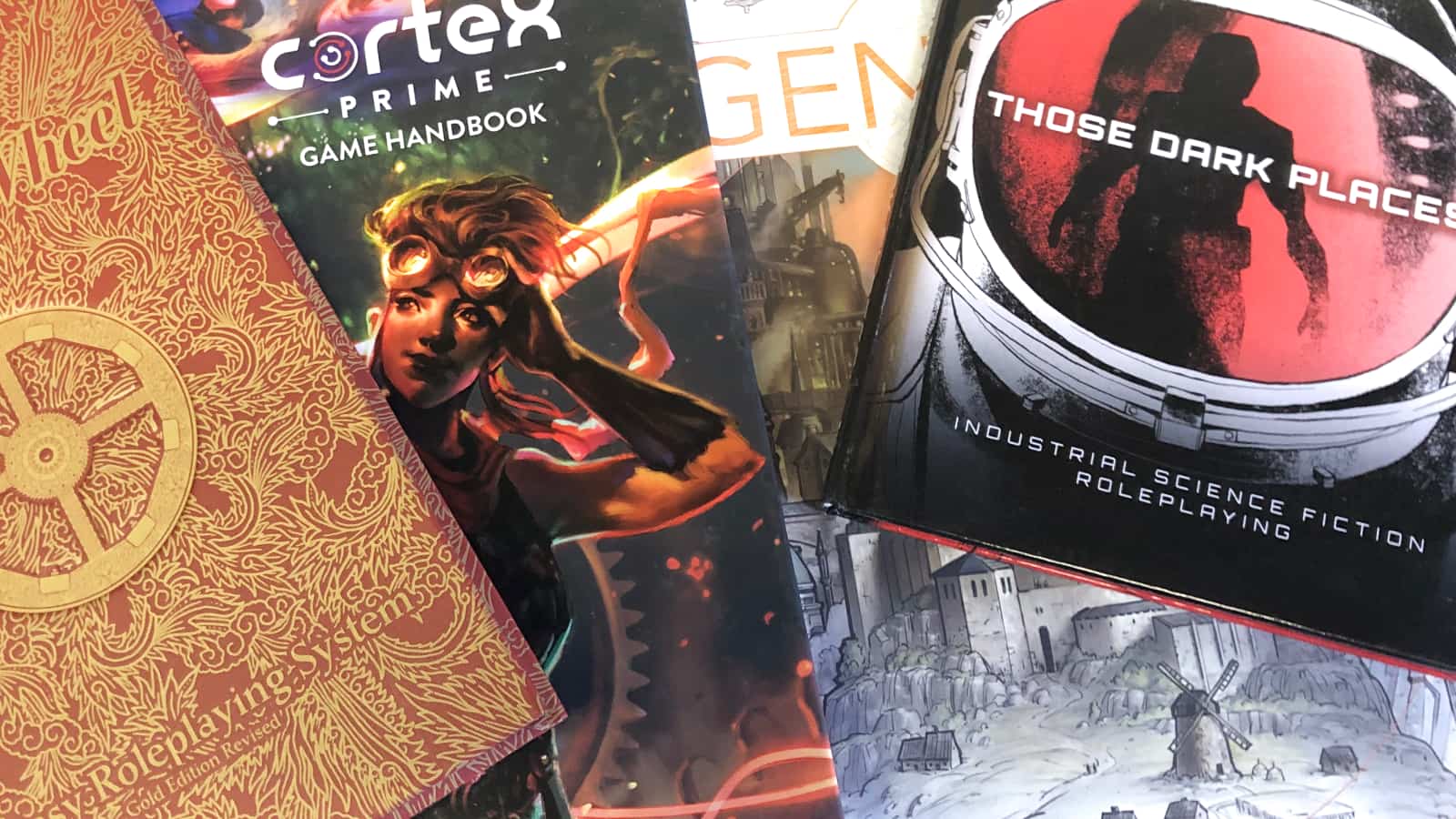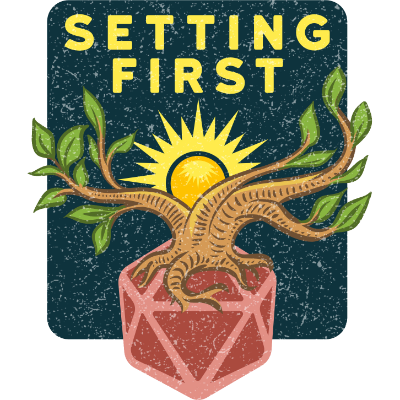
How to not pick a game system that fits your favorite setting, and how to do it right.
Ever seen something like this in a TTRPG forum?
Beetle66: I want to run a Fallout campaign. What system should I use?
ReneGade: Whatever you do, don’t use the official Fallout system. It sucks.
Pedanticpoet: Well Fallout was actually based on GURPS, so you really can’t go wrong using GURPS and the appropriate supplements.
DesecratedHeart97: The Modiphius Fallout game is great!
OSRessurectionist: Check out that hack of The Black Hack that someone did. I forget what it’s called.
Though it’s wise to take such advice with a dose of salt, I understand why people ask for system suggestions. Choosing the wrong game for a campaign can lead to frustration and annoyance.
In fact, I’ve picked the wrong game more than once. You may be amused — and hopefully you’ll glean an insight or two — from these examples:
The (Un)Lucky Few
Back in the day I ran a couple of brief 1e & 2e Twilight: 2000 campaigns. Two decades later (but importantly, prior to the recent Free League edition of T2K) I was fleshing out ideas for The Lucky Few, an apocalypse-in-progress campaign. I was loosely inspired by the classic Going Home scenario for T2K 1e, so it made sense at the time to run the campaign using some flavor of T2K.

I also was feeling an odd mixture of nostalgia for the 1e and 2e rules, and curiosity about Twilight: 2013. If you haven’t heard of T2013, you’re not alone. The game managed to fly under the radar on its release in 2008 for a variety of reasons, one of them being its extraordinarily granular rules, which cut against the Zeitgeist of the Aughts.
So I thought, “Why not go with Twilight: 2013?” As fate would have it, while the rules contained some interesting ideas, they were poorly organized and just too granular. This isn’t to say they were too granular in an absolute sense. They were just too granular for the campaign I was running, which was not about which particular AR-15 variant an NPC was using.
Teenage me would have been interested in those kinds of details. But to 40-something me, for this specific campaign, that was overkill. We weren’t at the table to explore the intricacies of gunplay.
The campaign was about survival. It was about exploring how people act when they can’t make it alone, but trusting others is difficult. So yes, occasionally there was combat. But as a GM I wasn’t setting up small unit warfare. We didn’t need detailed combat mechanics, and they actually got in the way, because every combat situation took up so much of the available time at the table. We needed a system that was interesting but not too granular.
After a detour to T2K 2.2, which proved that I’m nothing if not a slow learner, we finally settled on Nemesis, a hidden gem of a One-Roll Engine game built for modern horror. It’s lean but the ORE mechanics are fun, and because they’re not built around character builds or overly-granular combat, they were a good fit for a campaign in which the PCs were always on the run and primarily concerned with avoiding their pursuers.
Once the PCs found that home, the campaign was over, and Nemesis had served its purpose well. But had we (and me in particular) thought more clearly about what the game mechanics needed to do, and not let my head get clouded by nostalgia, we could have spent less time grappling with mechanics and more time enjoying the kind of adventures the campaign was designed to elicit.
Apocalypse No
Apocalypse World sits about as far on the other end of the spectrum from Twilight: 2013 as you can get. It’s all about interpersonal conflict, and it abstracts combat so it serves a narrative purpose and doesn’t become the center of attention. So you might think it’d be a good fit for our group, given the story of The Lucky Few.

I love Apocalypse World. It’s one of my favorite games. I’ve played it in a couple of short campaigns that were a great fit for the game. Both campaigns were focused on intra-party trust, and in both cases I wasn’t playing with my usual group.
With that experience under my belt, I thought it’d be great to use Apocalypse World for an extended campaign set in my hometown decades after the end of the world. It would be the PCs against all comers. I could use Threats and the Countdown Clock, gamemastering tools that were novel to me at the time. The theme would be an exploration of how large groups of survivors would go in a fight for limited resources.
You can probably see where this is going. The theme of the campaign could have had a subhead: There Will Be Blood. A game system in which combat was more central would have been a better fit. And sure enough, after a handful of sessions I realized that Apocalypse World for all its awesomeness wasn’t the right game for the campaign. I could have used Threats and the Countdown Clock with any other system. But instead of taking the mechanical bits that would have been most useful in the campaign, I went all-in on AW.
I made a few other mistakes along the way, mostly because I was trying too hard to fit Apocalypse World into my campaign concept, which was better suited to more traditional mechanics with more granularity, particularly around combat, and wouldn’t benefit from the areas where AW was strongest.
The Equalizers
Lest you think my history running campaigns is comprised solely of failures, here’s a story of getting it right.

In the early Aughts, I hit upon the idea of a multi-generational zombie apocalypse campaign. Noticing a trend here? Anyway, the idea was that the campaign would periodically fast forward by two or three generations, and in so doing over time it would tell the story of a small enclave of survivors who became the core of a rebirth of society.
I wanted a system that would be suitable for the near future (the first few sessions took place during the zombie outbreak), a time 30 or 40 years later, as pre-ruin technology was on its last legs and survivors had reverted to blades and bows, and subsequent generations as new technologies emerged, culminating with an invasion from a much more advanced society.
PCs would only be in action for a few sessions before the story would skip generations and a new batch would take their place. So character advancement wasn’t a big priority. I wanted to showcase the differences in technology and overall living conditions between generations by using a skills-based system. Facility with computers would be very helpful in Generation 0, and worthless in Generation 4. Tracking, on the other hand, wouldn’t matter much in an age of drones but could mean the difference between life and death during the lean Generation 4 times.
Two front-runners immediately came to mind: GURPS and Basic Roleplaying. Both could handle the range of technology levels I had in mind. But I didn’t want to fiddle with the mechanics as the campaign progressed, and I didn’t want to spend the effort of customizing my own flavor of GURPS for each generation. I also had years of experience running BRP in the form of RuneQuest and Call of Cthulhu.
So I went with BRP, and it was a good choice. Everyone in the group instantly grasped BRP, because they’d all played RuneQuest and Call of Cthulhu. The system worked well for the range of situations PCs found themselves in, from taking over from a dead pilot on a plane trying to get off the tarmac before the zombie hordes arrived, to a challenging bow hunt for deadly wolves in frigid February snow, to ambushing grav tanks with stolen shoulder-fired missiles.
Lessons Learned
I may not be the fastest learner, but I get there eventually. Based on making the aforementioned mistakes (and others), I’ve developed a few criteria for matching system to setting:
Is the Game a Good Fit for the Campaign Setting?
Yes, I could hack Traveller for use with a campaign set in the Toltec civilization, but that might not be a good use of my time. On the other end of the spectrum, if we want to stir up trouble in The Shire, The One Ring is purpose-built for adventures in Middle Earth. A certain amount of hacking is necessary for some settings, but usually I’d rather focus my attention on bringing the setting to life than on hacking mechanics.
Does It Fit the Genre?
By genre I mean the style of the adventures to be had in the setting. Will they be gritty, granular tales in which climbing the walls of an enemy encampment require planning and several die rolls, are will they be adventures in which PC survival is more assured and the action moves at pulp speed? If it’s the former, GURPS with one or two supplements might be just right, and if it’s the latter, Fate Accelerated or Cortex Prime may be a better fit.
How Will the Campaign Theme Mesh with the Game?
Themes develop as a campaign progresses, but I like to have a broad idea of what flavors it will incorporate. Some games explicitly favor certain themes. For example, Apocalypse World assumes PCs will continuously be in tension with each other, and Burning Wheel puts PC beliefs to the test over and over again. Call of Cthulhu is all about confronting cosmic horror in the face of certain doom, while Delta Green dives into the terrible ethical and emotional tradeoffs involved in fighting that horror.
Other games favor certain themes more implicitly. The baked-in assumptions of D&D mean that PCs will see violence as the answer to their problems. In a D&D campaign, examining how a character’s moral compass changes over time would mean dispensing with alignment and adjusting how character classes are handled. Cortex Prime, with its toolkit approach to building an engine for dramatic, TV-like adventures, could be an excellent vehicle for creating a campaign in which PCs never use violence.
Will the Mechanics Fit for Our Group?
If you’ve been playing with the same group for a while, everyone has a pretty good understanding of which mechanics will fly and which ones won’t. For example, we tried Fate Core a couple of times and it just didn’t work for us. The same thing happened with Night’s Black Agents. Both are well-loved by many, but we bounced off them for various reasons. While the third time might be the charm, there’s also such a thing as trying too hard to fit a square peg into a round hole.
Our group is quite comfortable with dice pool mechanics and what I’d call tactical story manipulation. So the Edge Star Wars/Genesys non-binary results and Force Points mechanisms work well (for pulpy sorts of adventures), going any deeper into metacurrency for story manipulation is too much for us. And we’ve played plenty of d100 systems (RuneQuest, Call of Cthulhu, Eclipse Phase), so that’s generally not going to be a problem.
Overall we have a pretty good understanding of what we don’t like and what we tend to prefer. This helps us identify which new systems we’re most likely to enjoy. I’ve learned not to push against that hard-won learning.
What Could Go Wrong?
I am just as guilty as anyone of latching onto a game because it comes at a setting from a unique angle, or utilizes an intriguing mechanic, or is full of great art, or is just the new hotness. But these days I try to listen more carefully to the voice in my head that tells me to evaluate a game thoroughly.
My misadventures with Twilight:2000 stemmed primarily from me relying on my memories of playing the game decades earlier. I didn’t re-examine the mechanics as if they were new to me, which was a mistake. My tastes have changed over time, and an issue with mechanics that I might not have noticed in my teens can be a real bother now. So I’m particularly vigilant now in watching for the deceits of nostalgia.
I mentioned in Foundational Settings that I bounced hard off of Numenera as a GM because I couldn’t internalize the setting dynamics. But the players and I also found the entire conceit of limited-use magical technology to be an obvious mechancally-driven factor in the game world that it got in the way of enjoying the setting. It felt like the setting was built to conform to a clever mechanic, rather than the mechanics being crafted to support the setting and its thematic focus on discovery. I had questions about the Numenera as a mechanical device when I first got hold of the game, but I let my enthusiasm overwhelm me when I should have thought more carefully about the Numenera and discussed it with my players.
How Would This Game Handle a 50 Session Campaign?
When a campaign starts, no matter my hope that it will unspool into a marvelous epic, there’s always a possibility that it won’t go far (see the evidence above). But there’s also the possibility it will.
So I ask myself: as a gamemaster, will I tire of the game? Will the players? When I imagine a campaign 50 sessions in, what would player character advancement potentially look like, and how would that be affecting the campaign? Finally, at the 50-session mark, to keep the campaign running smoothly does it look like I’ll be doing more work, or less?

Ω
What Techniques Do You Use to Find the Right Game for a New Campaign?
Let’s talk about it in the Unpossible Journeys Discord.

